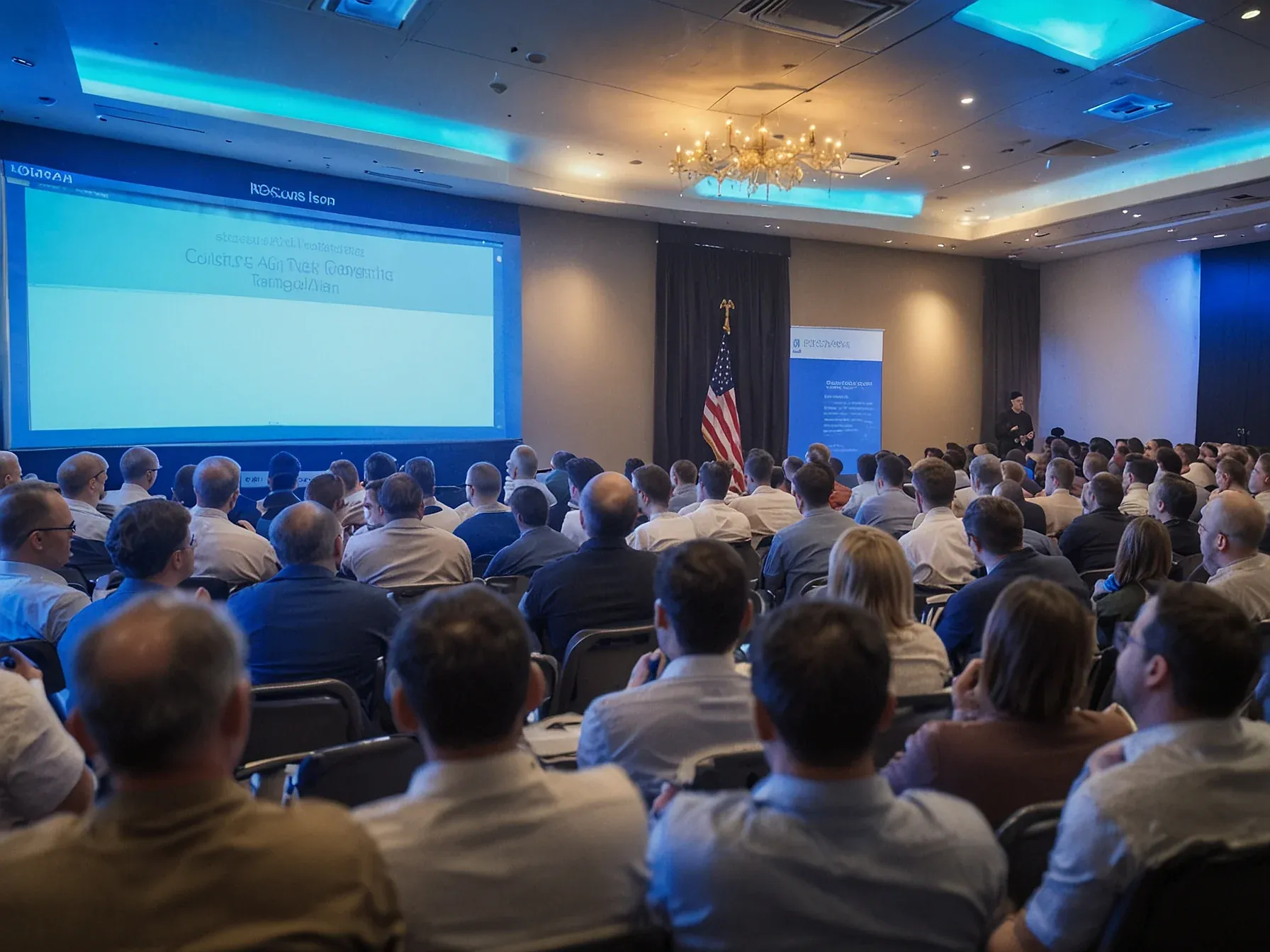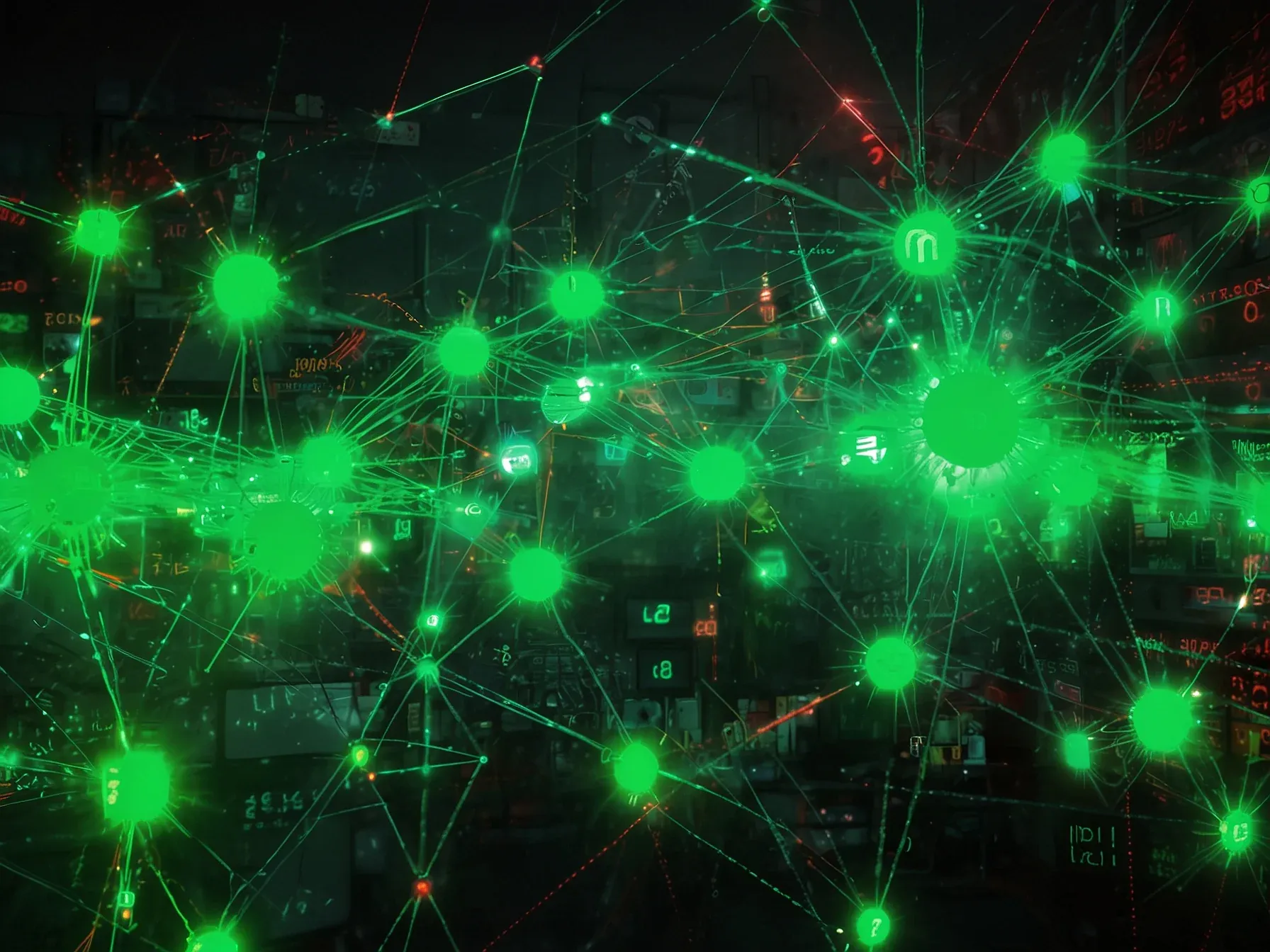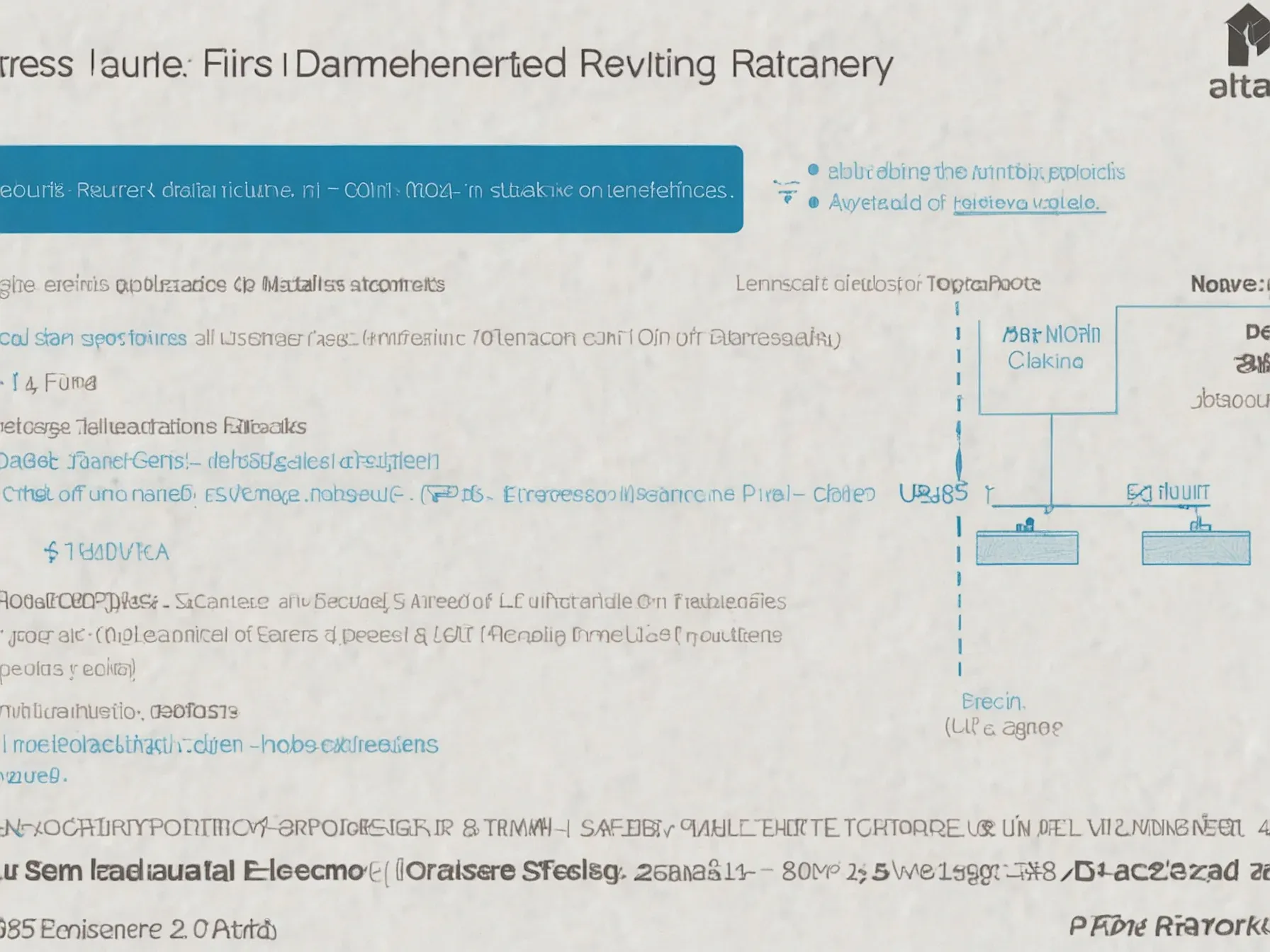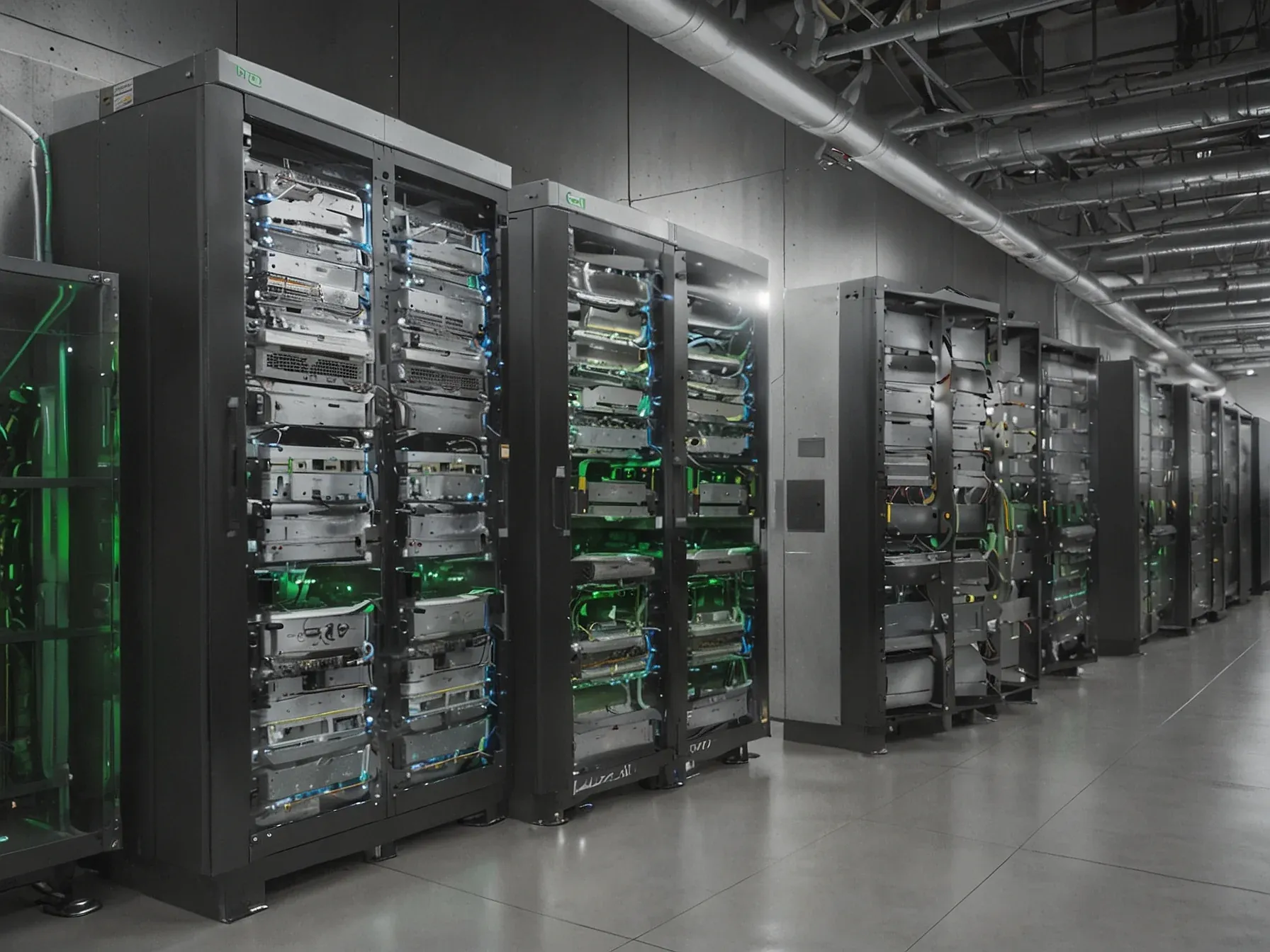
FalkorDB: GraphRAG beats vector retrieval 3.4× on structured benchmarks
Two years after the hype around vector databases began to settle, startups and analysts are revisiting the core question of how best to fetch the right data. The original story—“From shiny object to sober reality: The vector database story, two years later”—hinted that early enthusiasm might have outpaced practical results. Yet the conversation hasn’t stopped; it’s shifted toward concrete performance metrics in domains where the shape of the data matters.
While many firms still lean on pure‑vector similarity, a growing segment is experimenting with hybrid approaches that respect schema constraints. Here, FalkorDB’s recent blog post adds a data point that could reshape expectations. It shows that, in structured settings, a graph‑augmented retrieval method can pull ahead of traditional vector search by a noticeable margin.
The implication is clear: the choice of retrieval architecture isn’t about chasing the latest buzzword, but about matching the technique to the problem’s underlying structure.
FalkorDB's blog reports that when schema precision matters (structured domains), GraphRAG can outperform vector retrieval by a factor of ~3.4x on certain benchmarks. The rise of GraphRAG underscores the larger point: Retrieval is not about any single shiny object. It's about building retrieval systems -- layered, hybrid, context-aware pipelines that give LLMs the right information, with the right precision, at the right time.
What this means going forward The verdict is in: Vector databases were never the miracle. They were a step -- an important one -- in the evolution of search and retrieval. But they are not, and never were, the endgame.
The winners in this space won't be those who sell vectors as a standalone database. They will be the ones who embed vector search into broader ecosystems -- integrating graphs, metadata, rules and context engineering into cohesive platforms. In other words: The unicorn isn't the vector database.
Looking ahead: What's next Unified data platforms will subsume vector + graph: Expect major DB and cloud vendors to offer integrated retrieval stacks (vector + graph + full-text) as built-in capabilities. "Retrieval engineering" will emerge as a distinct discipline: Just as MLOps matured, so too will practices around embedding tuning, hybrid ranking and graph construction.
Did the hype die down? Two years after the initial frenzy, the narrative has shifted. Early 2024 articles warned of “shiny object syndrome” as venture money poured into Pinecone, Weaviate, Chroma, Milvus and others.
Developers rushed to embed vectors, convinced they were the missing link for generative AI. FalkorDB’s recent blog post offers a counterpoint: on structured domains where schema precision matters, GraphRAG outperforms traditional vector retrieval by roughly 3.4 × on selected benchmarks. The result suggests that retrieval performance hinges on more than a single technology.
Yet the data cover only certain benchmarks; it remains unclear whether the advantage will hold across diverse workloads or scale to production environments. The rise of GraphRAG underscores that retrieval is a system‑level problem, not a one‑size‑fits‑all solution. As the community evaluates these findings, the balance between vector databases and graph‑based approaches will likely be tested, but definitive conclusions are still pending.
Further empirical work will be needed.
Further Reading
- GraphRAG vs Vector RAG: Accuracy Benchmark Insights - FalkorDB - FalkorDB Blog
- FalkorDB vs Neo4j: Graph Database Performance Benchmarks - FalkorDB Blog
- Data Retrieval & GraphRAG for Smarter AI Agents - FalkorDB - FalkorDB News
- Unlocking Agentic AI: A Deep Dive into the FalkorDB MCP Server - Skywork AI
- VectorRAG vs GraphRAG: March 2025 Technical Challenges - FalkorDB Blog
Common Questions Answered
How much faster is GraphRAG compared to traditional vector retrieval on structured benchmarks according to FalkorDB?
FalkorDB’s blog states that GraphRAG outperforms traditional vector retrieval by roughly 3.4 × on selected structured benchmarks where schema precision is critical. This performance gap highlights the advantage of graph‑based retrieval in domains that require exact relational context.
What does FalkorDB mean by “schema precision matters” in the context of GraphRAG?
“Schema precision matters” refers to scenarios where the exact structure and relationships of data are essential for accurate retrieval, such as relational databases or knowledge graphs. In these cases, GraphRAG leverages the explicit schema to deliver more precise results than pure vector similarity.
According to the article, why is a hybrid retrieval pipeline recommended over a single‑method approach?
The article argues that retrieval should be built as a layered, hybrid, context‑aware pipeline that combines the strengths of both graph‑based and vector‑based methods. Such a system can provide LLMs with the right information at the right time, improving overall accuracy and relevance.
Which vector database vendors were mentioned as having experienced “shiny object syndrome” early in 2024?
The article lists Pinecone, Weaviate, Chroma, and Milvus as examples of vendors that attracted venture funding during the initial hype. Developers rushed to embed vectors with these platforms, often overlooking the need for schema‑aware retrieval solutions like GraphRAG.




